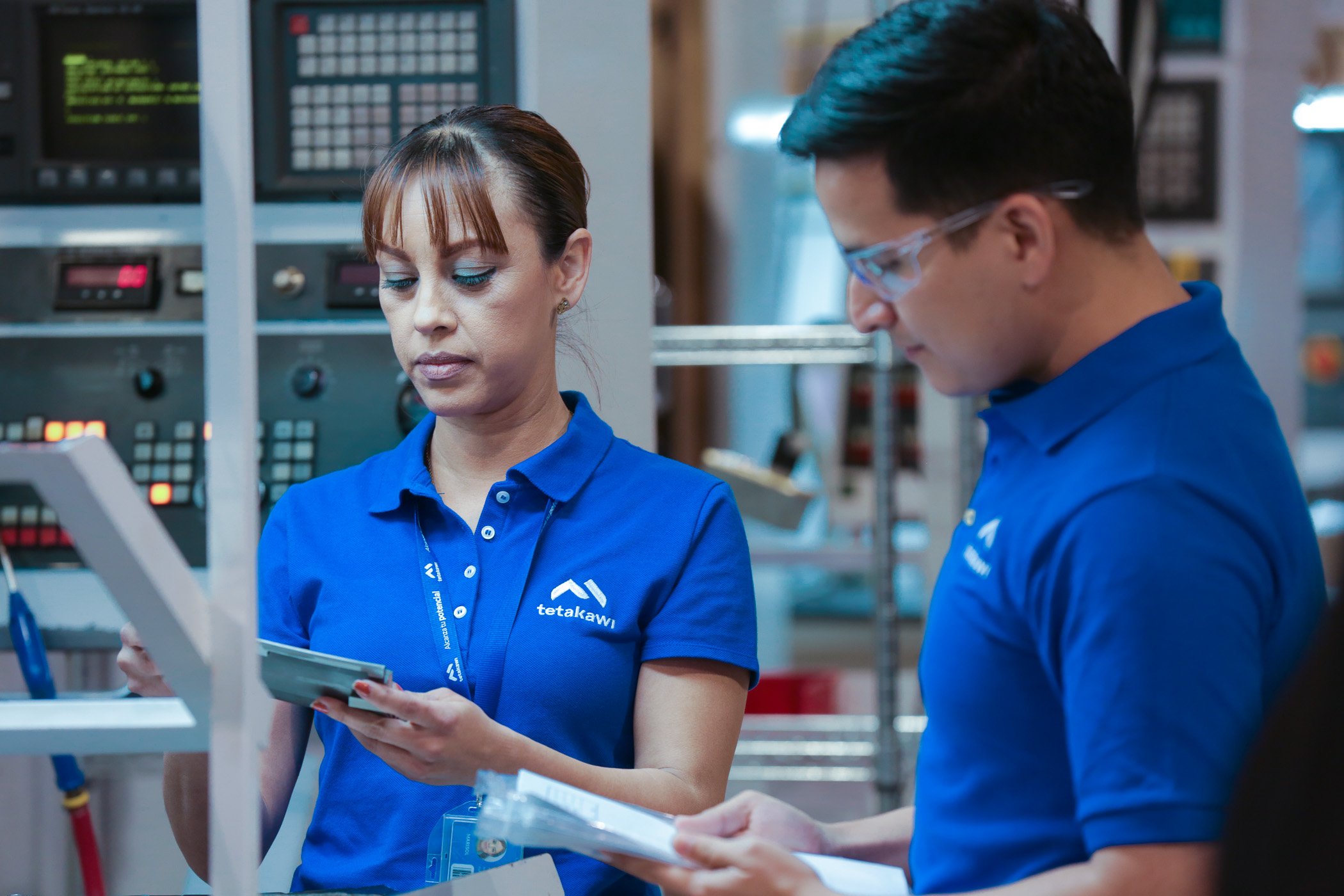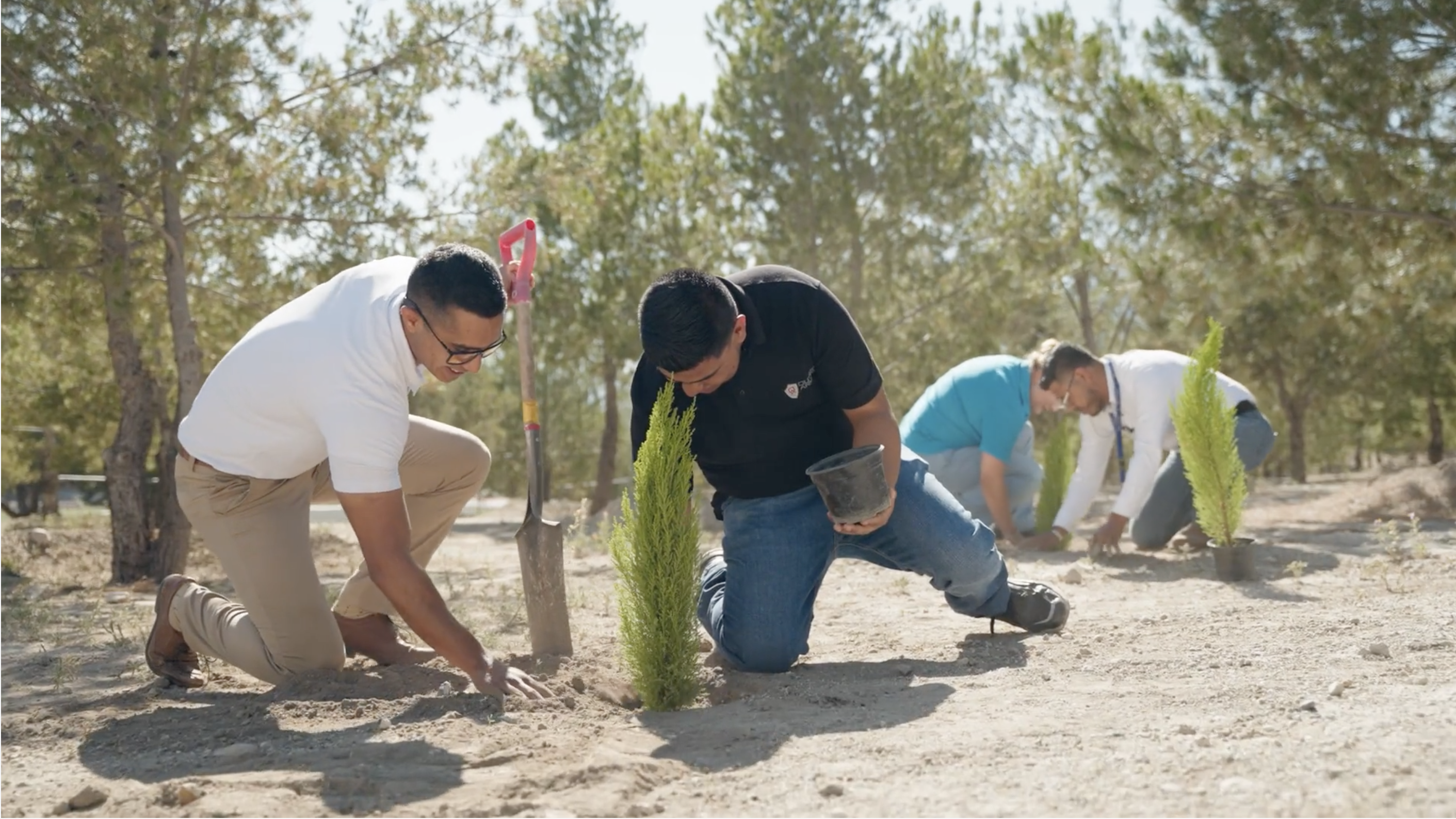Significant growth in Mexico’s aeronautical industry could more than double current export figures within the next three years, an aerospace expert predicts.
“In terms of the value of exported products, we have not reached a peak,” observes Jean Claude Bouche, an aerospace senior consultant based in Toulouse, France. “Mexican aerospace exports have grown from $100 million in the 1990s to $140 million in 2005. Today Mexican aerospace products that are exported have an aggregate value of $4 to $5 billion.
“By 2015,” he adds, “it may be possible that $12 billion of aerospace exports have their origin in Mexican aerospace manufacturing facilities.”
Bouche is not just guessing. With a background in precision systems at the Superior School of Toulouse for Aerospace and additional aerospace expertise gleaned from Toulouse’s Airbus facility, he has been immersed in various aerospace industry development and strategic projects in Mexico for the past eight years. In that time, he has seen the number of aerospace suppliers based in Mexico grow from 100 to 250 companies.
“The key is not really to understand how to manufacture for aerospace, but how to believe in Mexico expanding capacity in the aerospace industry for the next 10 to 20 years,” he affirms.
“Regarding the production model, there are more services available today in Mexico than there were in the past,” Bouche continues. “Today, the Mexican aerospace industry is composed of 90 percent manufacturing plants. It is anticipated that, in fewer than three years from now, the industry breakdown will be 20 percent engineering, 20 percent research and development, and 50 percent manufacturing. The remaining 10 percent may be MRO activity. Over the course of this time, we will see technology used in the aerospace industry in Mexico become more sophisticated.”
It appears the Mexican government has been working steadily to realize Bouche’s predictions. During the past decade, more than $20 million has been invested – federally and locally – in vocational programs churning out skilled laborers. In fact, a recent Miami Herald article reported Mexico has, per capita, triple the amount of engineering graduates as the United States. (The most recent of Mexico’s aerospace-centric technological institutes opened in Guaymas in early September.)
Some of the reason for such dramatic movement in Mexico may well rest on shifts in the European market.
As Bouche explains, Airbus, a key player in Europe, has become a “world leader” in commercial aviation the past five years, resulting in more suppliers coming into Toulouse through Airbus’ expansion. Many emerging countries – including Mexico, Chile, Argentine, India, China, Malaysia, Poland, the Czech Republic, Tunisia and Morocco – have begun to explore opportunities in aerospace manufacturing and development.
Next – and this is “revolutionary for the European aerospace market,” Bouche points out – Airbus made a decision to “produce less in euros than in dollars” by establishing plants in Alabama this year.
“The Alabama Airbus facility is the first plant and major project developed outside of Europe by the company,” the consultant notes. “It is also revolutionary in that a significant portion of the Airbus supply chain will establish operations in the U.S. and, in some cases, in Mexico. Canada, the United States and Mexico can be involved in various aspects of Airbus’ new North American presence.”
Subscribe
Sign up and stay informed with tips, updates, and best practices for manufacturing in Mexico.





